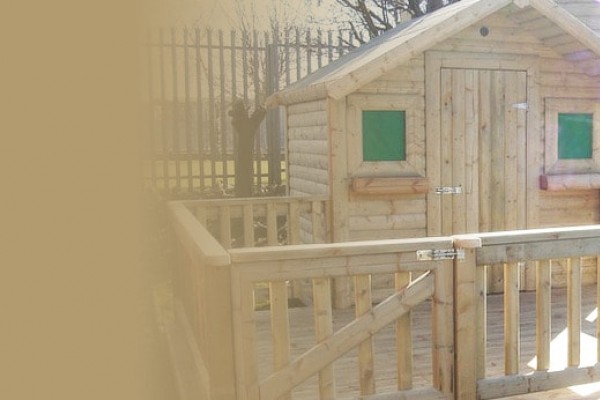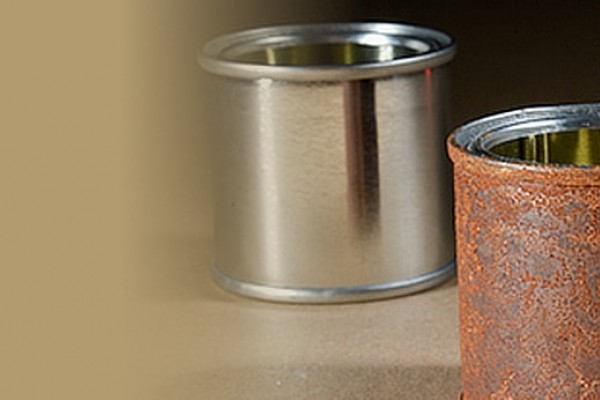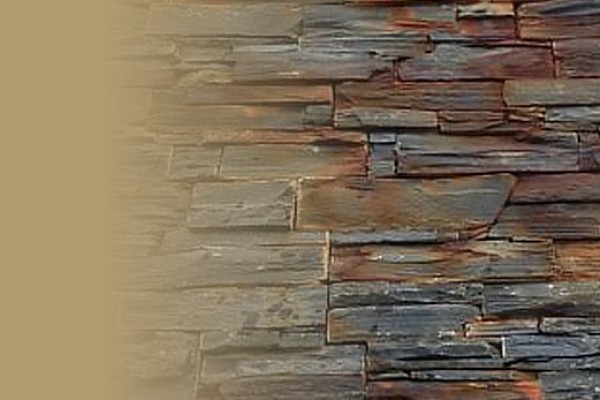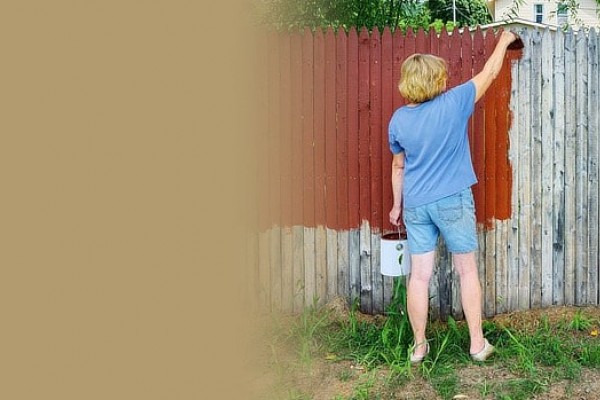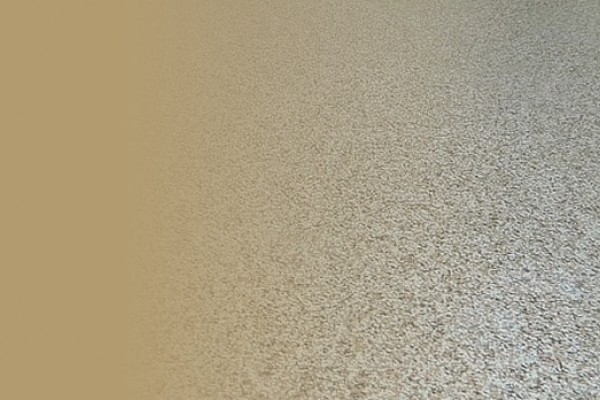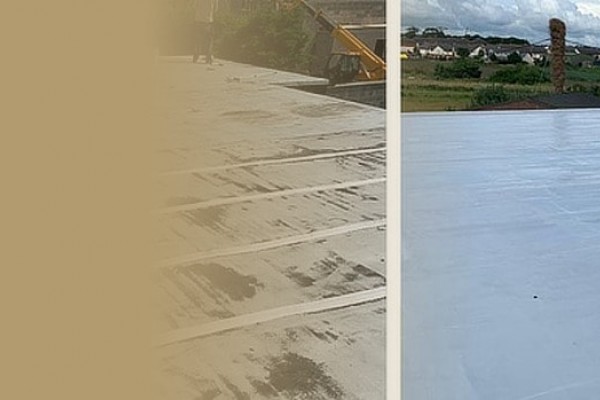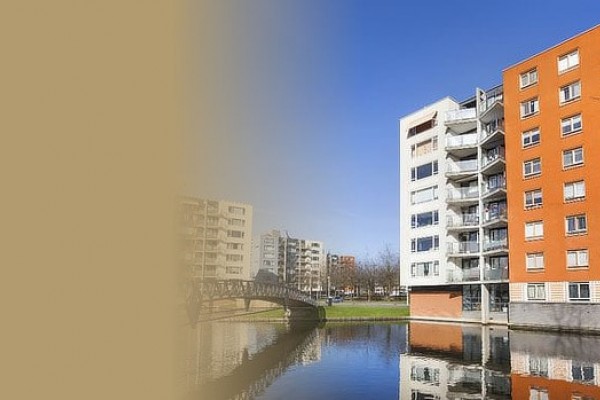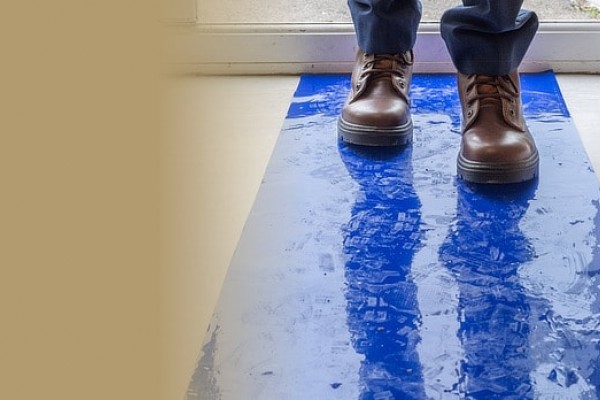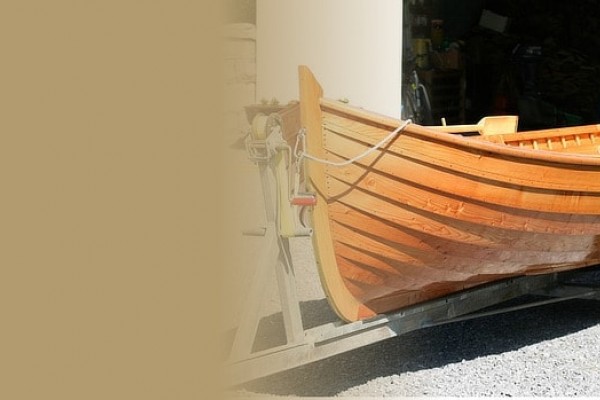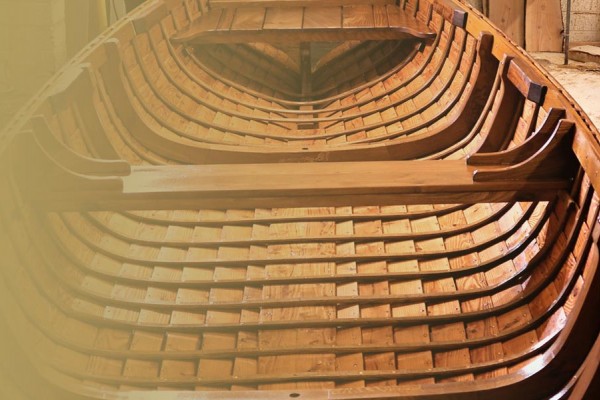Do I Need To Treat My Pressure Treated Deck
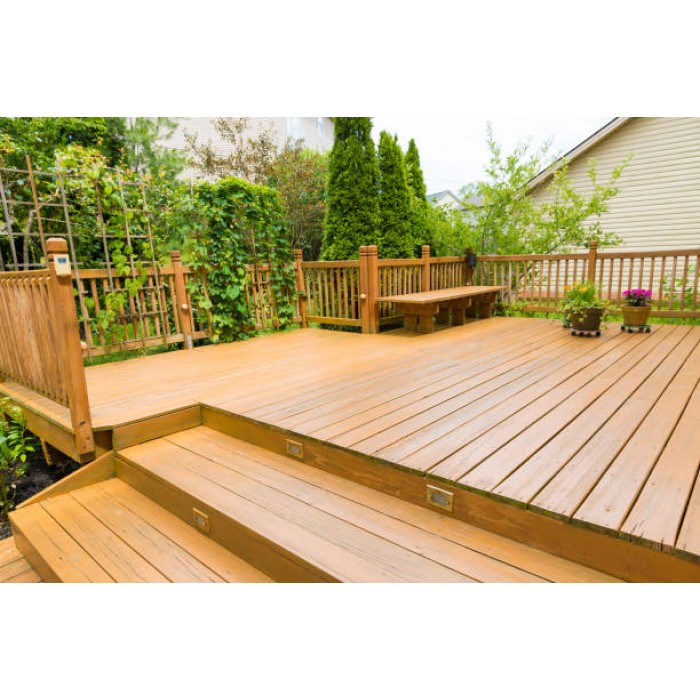
I recently purchased some good quality pressure treated deck timber that I'm planning to install myself. Do your comments on Seasonite refer to pressure treated timber as well as non pressure treated timber, or is there another process I should follow. I am anxious to treat it properly in case it gets damaged by rain etc.
The simple answer to your question is yes, it should be protected. The pressure treatment provides protection against rotting and insect damage etc, It does not save the wood from the effects of constant rain, and wind driven rain, freeze – thaw cycles etc. Rain will get into the wood after a while if left untreated. As soon as that rare bit of sun appears, the water inside the wood causes the boards to swell, which it turn, can cause cracking, splitting, cupping etc. So the trick is to keep that water out in the first place and save all that hassle and potential damage to your pride and joy investment. As I mentioned in this column before, there is a lot of confusion and mis-information about this whole issue. Some deck installers / sellers say that ‘my decks are pressure treated’ and don’t need any after care. Maybe they genuinely don’t know themselves, and in turn cannot tell their customers. I suppose, if you don’t mind your deck looking like a bunch of old pallets laid out side by side, then you don’t need after care. If you left your new car with its €2000 +/- paint job out there without the odd clean up or polish it wouldn't look well for long and the same applies to your wooden deck or wooden garden furniture. Take care of it and it will look fabulous for years and enhance your home for years to come.
However, I would doubt if that’s what you or anybody else would want. Some die-hards out there hold the view that decks are not suitable for this climate. If you don't know how to take care of your deck properly to suit our less than perfect climate, you may have some problems but none that cannot be addressed or solved. If you do know the various tricks you will have no problem, simple as that. Products have been developed over many decades that are capable of withstanding all sorts of climates ranging from tropical to semi- artic and by some of those standards; our relatively mild climate is very easy to handle deck-wise.
On a new wooden decks, cladding and wooden garden furniture, I would usually apply one good coat of Seasonite. (This is an American product made under licence in Norway by Olsen & Wang and I understand it is distributed in Ireland by a company called Igoe Ltd in Dublin) If you know of something else out there the same as it fine, but I have not come across anything similar as yet. I found that this stuff penetrates new wood very well, and it acts like a one-way valve in the wood’s pores, i.e. it allows existing water or moisture to escape but will not let 'new' water in. The result of this is your deck / timber will be protected from the very damaging effects of all water and moisture related problems. Another important point is, the Seasonite will protect the new timber from algae and stuff like that. These organisms can, and do make deck surfaces very slippery when wet and you don’t need to land on your back out there. The method described above is what I would describe as only the first part of a proper treatment for your new deck etc.
If you simply go ahead right away and prematurely oil the new deck or whatever with one of those oil treatments, even the deep penetrating Textrol, they generally cannot penetrate the pores of the new wood, because they are closed from the planing process at the sawmill, and as well as that, there is usually an oily kind of film on the newly planed timber called mill glaze which tends to not let most treatments penetrate properly, and if they don't penetrate properly they are not going to last.
Both of those factors prevent proper penetration by the ‘oils’ and as a result they don’t do a proper job and you are wasting your money in my humble opinion. That’s why, I suggest using the Seasonite as the first part of your new deck'’ treatment. Another point worth mentioning is I don't think Seasonite is intended to beautify your wood per say, that comes later after it has settled down properly. You need to be patient. Again, like a new car engine, you need to 'run it in' and later on, after about six months to a year, you can think about making it look pretty. Any fading that does occur can be totally removed with something like Net-Trol, Deck Rins or Prep Deck and after that you can finally apply your Textrol or whatever. At that point, the timber’s pores will be more receptive and will allow proper treatment. My thinking is, if you are going to do anything with it, do it right first time, because it will pay you in the long run.
If you need to find stockists of above, I checked already, and understand Home Décor by Kelly on the Tuam Rd and Thomas McDonagh's (paint section) Ballybane carry them. Enjoy your deck John.
P.S. Here are three good deck tips you may find useful.
If you're having a bar-b-que out there on your deck, pick up a sheet of aluminium about 4 x 4 ft and place it on your deck beneath your b-b-q. This will catch any hot ash or grease etc from spilling on it. When you are finished with it just slide it in underneath the deck for use again.
Secondly, If you do have potted plants etc on it, move them around a foot or so every week or so and this will help prevent strange looking shading rings from different exposure to sunlight, dirt etc.
If you do decide to powerwash your deck, be very careful; keep your pump pressure down to about 500 p.s.i. maximum and wash with the grain, board by board. Personally I'd prefer to clean the deck properly with Net-Trol, Deck Rins or Prep Deck and better still powerwash it off after the cleaner has done its job. If you wash it at too high a pressure, or wash it against the grain you may damage the wood fibres and cause splinters which can be most unpleasant if walked on by bare feet.

